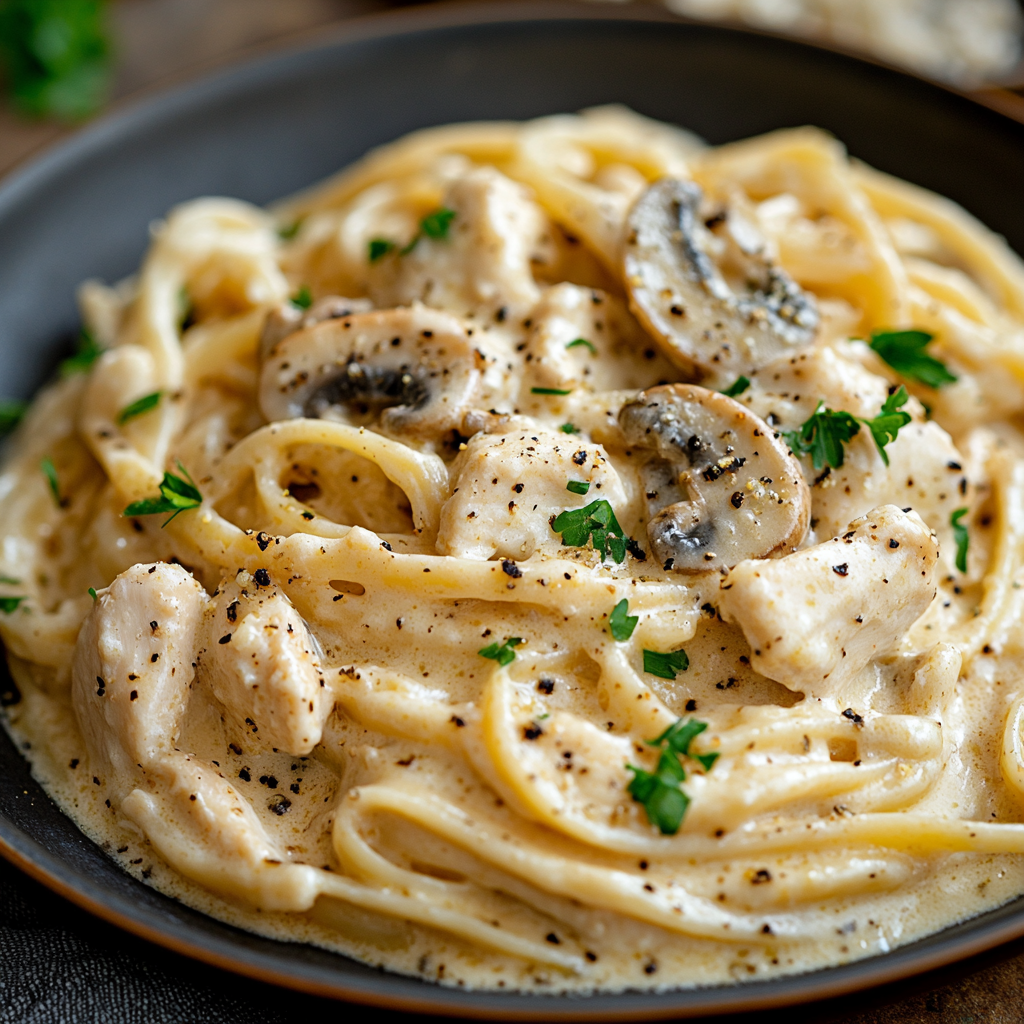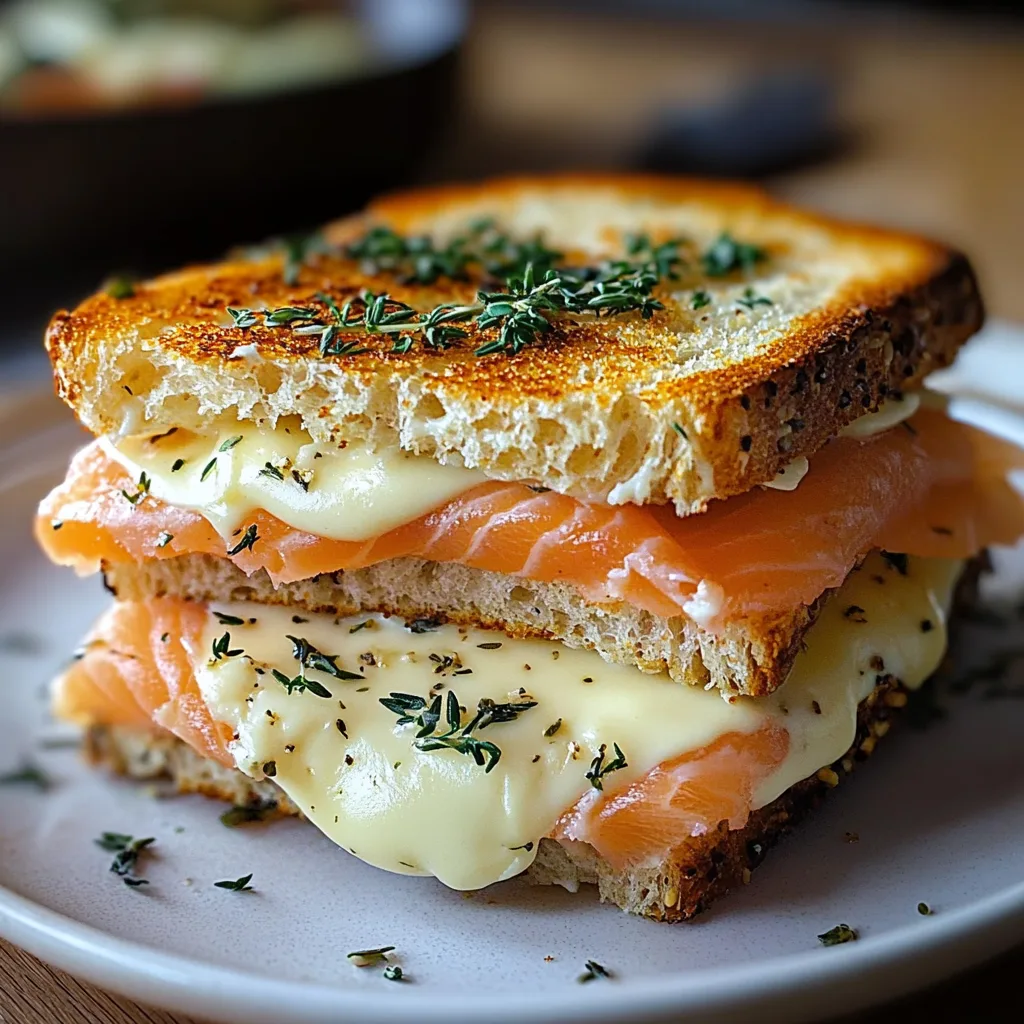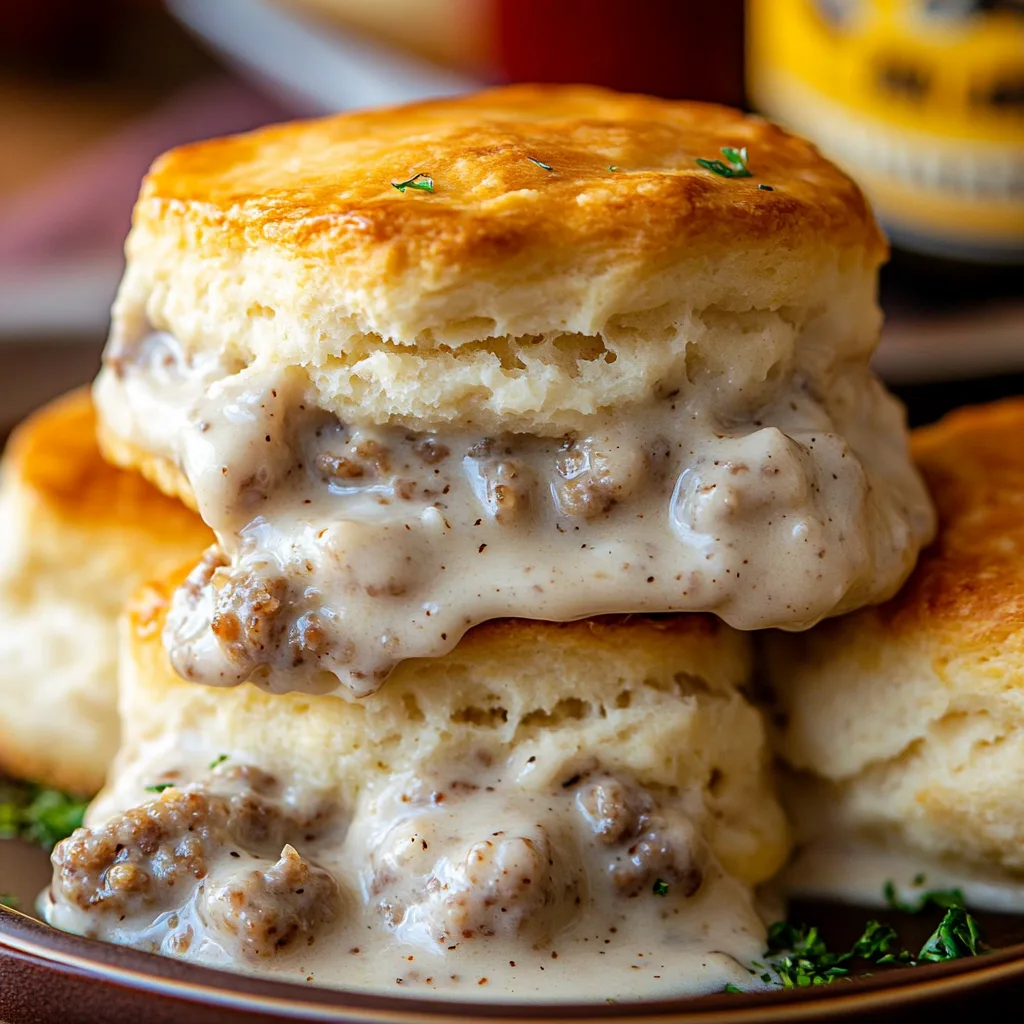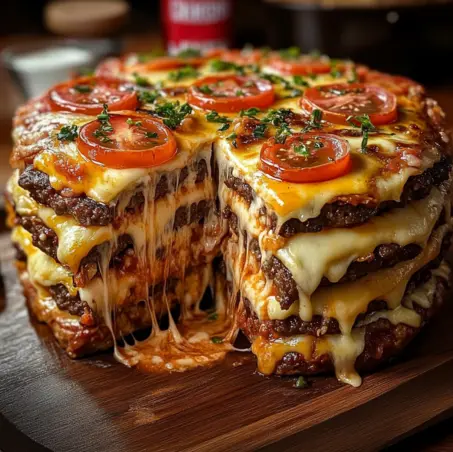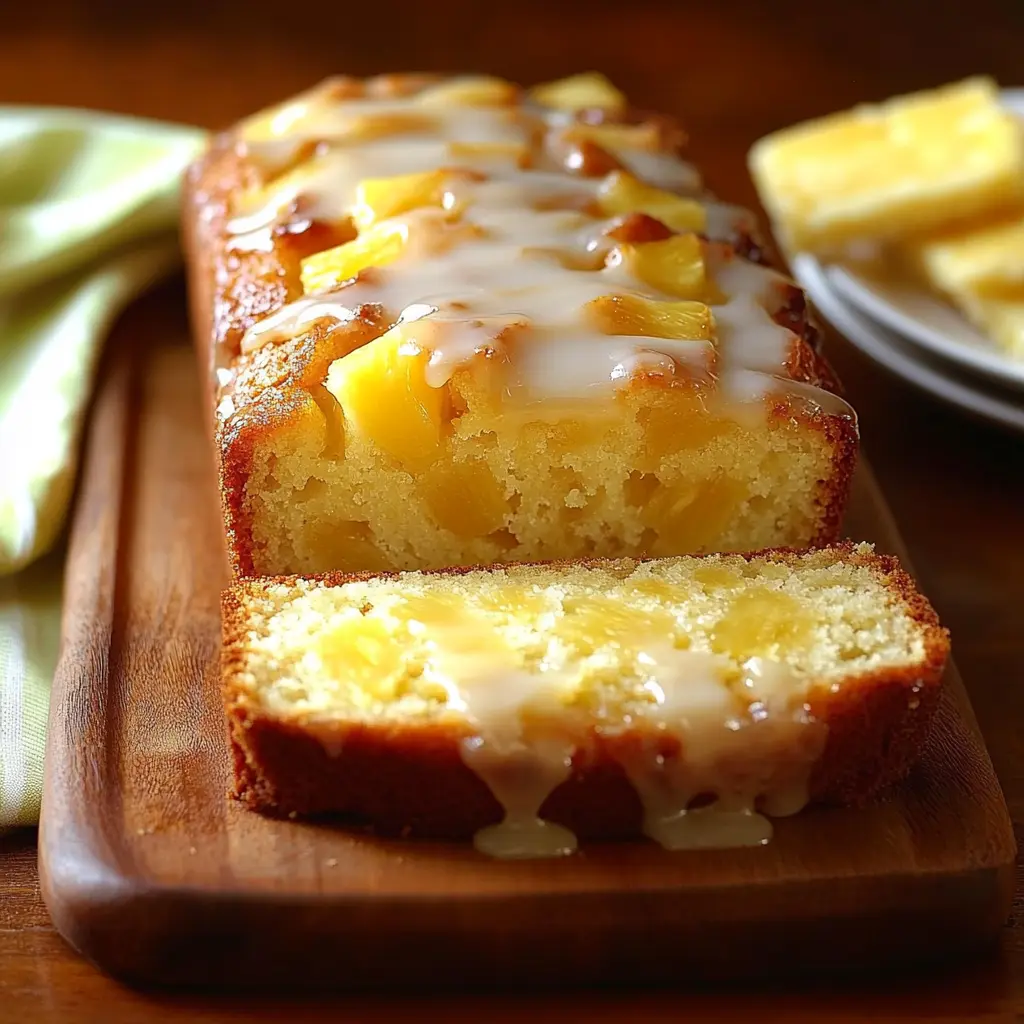There’s something truly magical about holiday baking, and for me, nothing says Easter quite like these buttery Italian Easter cookies. Their soft, tender texture, sweet glaze, and cheerful sprinkles have a way of turning any springtime gathering into a celebration. Whether you’re serving them to guests or simply enjoying them with a warm cup of tea, these cookies are little bites of happiness—and they’re easier to make than you might think!
Growing up, Easter was always filled with bright pastel colors, family gatherings, and an abundance of desserts. These cookies, known in some Italian families as “taralli dolci,” were a constant on our holiday table. Their subtly sweet flavor and melt-in-your-mouth texture made them the perfect complement to all the festivities. Today, I’m sharing my version of this classic recipe with you, complete with tips and tricks to ensure they turn out beautifully every time.
Getting Started: Ingredients and Preparation
Before diving into the recipe, let’s gather our ingredients. The beauty of these cookies lies in their simplicity; you probably already have most of what you need in your kitchen. For the cookies, you’ll need butter, sugar, eggs, vanilla extract, all-purpose flour, baking powder, salt, and a splash of milk to bring everything together. The icing is equally simple, made from powdered sugar, milk, and vanilla extract. And don’t forget the sprinkles—they’re the finishing touch that makes these cookies so festive!
Step 1: Preheat Your Oven
First things first, preheat your oven to 350°F (175°C) and line two baking sheets with parchment paper or silicone mats. This ensures your cookies bake evenly and don’t stick to the tray.
Step 2: Cream the Butter and Sugar
In a large mixing bowl, beat softened butter and sugar together until the mixture is light and fluffy—this should take about 2-3 minutes with an electric mixer. This step is crucial for creating soft, tender cookies. Once the butter and sugar are well combined, add the eggs one at a time, beating well after each addition. Then, stir in the vanilla extract, which gives the cookies their warm, aromatic flavor.
Step 3: Mix the Dry Ingredients
In a separate bowl, whisk together the flour, baking powder, and salt. This helps distribute the leavening agent evenly throughout the dough, ensuring all your cookies rise to the perfect height.

Forming the Dough: The Heart of the Recipe
Now it’s time to bring everything together. Gradually add the dry ingredients to the creamed butter mixture, alternating with the milk. Start and end with the dry ingredients, mixing just until combined. The dough will be soft but not sticky—perfect for shaping into smooth, uniform cookies.
Step 4: Shape the Cookies
Using a tablespoon, scoop out portions of dough and roll them into balls with your hands. If you’re feeling creative, you can also shape them into small twists or rings—both are traditional styles for Italian Easter cookies. Place the shaped dough onto your prepared baking sheets, leaving about 2 inches of space between each one. To create a slightly flattened surface for icing, press down gently on each cookie with the bottom of a glass.

Step 5: Bake to Perfection
Bake the cookies in your preheated oven for 8-10 minutes, or until the edges just begin to turn golden. Keep a close eye on them—these cookies are best when they’re soft and tender, not overbaked. Once done, remove the cookies from the oven and let them cool on the baking sheets for about 5 minutes before transferring them to a wire rack to cool completely.
Icing, Decorating, and Expert Tips for Perfect Italian Easter Cookies
Now that your buttery Italian Easter cookies are baked and cooling on the rack, it’s time to transform them into the festive showstoppers they’re meant to be! The icing and sprinkles are what give these cookies their classic charm, turning each one into a little piece of edible art. This is also where you can add your own creative spin—whether you want to keep them traditional or let your imagination run wild.
Making the Sweet Glaze
The glaze is a simple three-ingredient icing that ties everything together. Its smooth, glossy finish not only looks beautiful but also adds a subtle sweetness that complements the buttery, soft cookies perfectly.
Step 6: Prepare the Icing
In a small bowl, whisk together 2 cups of powdered sugar, 3 tablespoons of milk, and ½ teaspoon of vanilla extract. The consistency should be thick enough to coat the cookies but still fluid enough to drip slightly. If it’s too thick, add milk a drop at a time. If it’s too thin, mix in a little more powdered sugar until you achieve the right balance.

Step 7: Dip and Decorate
Once your cookies are completely cool (and this is important—warm cookies will cause the icing to run), it’s time to start decorating. Dip the top of each cookie into the icing, allowing any excess to drip off before placing it back on the wire rack. While the icing is still wet, sprinkle on your favorite colorful sprinkles. This is the fun part, so feel free to get creative—pastel jimmies, rainbow nonpareils, or even metallic sugar pearls all work beautifully.
Let the cookies sit at room temperature until the icing is fully set. Depending on the humidity in your kitchen, this might take anywhere from 20 minutes to an hour.

Tips for Icing Success
Decorating cookies can be as straightforward or as artistic as you’d like. Here are a few tips to help you achieve flawless results every time:
- Work in Batches: If the icing starts to thicken as you’re working, give it a quick stir or add a drop of milk to loosen it up.
- Keep it Neat: To minimize mess, place a sheet of parchment paper or a clean baking tray under your cooling rack to catch any drips or stray sprinkles.
- Try Piping for Precision: For a more polished look, transfer the icing to a piping bag or a plastic sandwich bag with a small corner snipped off. Pipe the icing onto the cookies in swirls, stripes, or patterns.
Variations to Try
The beauty of this recipe is its versatility. Here are a few ways you can customize your cookies to suit your tastes or make them extra special for specific occasions:
- Citrus Zest: Add a teaspoon of lemon or orange zest to the cookie dough or the icing for a bright, fresh twist.
- Almond Extract: Replace the vanilla extract in the dough or icing with almond extract for a subtly nutty flavor.
- Chocolate Drizzle: Once the icing has set, drizzle melted dark or white chocolate over the cookies for an elegant finish.
- Holiday Themes: Swap out the pastel sprinkles for red and green at Christmas, or opt for gold and silver for New Year’s celebrations.
Storing Your Cookies
These cookies are not only delicious but also incredibly easy to store and share. Here’s how to keep them fresh:
- Room Temperature: Store the cookies in an airtight container at room temperature for up to 5 days. Place parchment paper between layers to prevent sticking.
- Freezing: To freeze the cookies, let the icing set completely, then place them in a single layer on a baking sheet and freeze until firm. Transfer to a freezer-safe container or bag, layering parchment paper between cookies. They’ll keep for up to 3 months. Thaw at room temperature before serving.
FAQ and Final Thoughts on Buttery Italian Easter Cookies
By now, your kitchen is likely filled with the heavenly scent of buttery cookies and sweet icing, and your counter is adorned with trays of beautifully decorated Italian Easter cookies. But if you’re like many bakers, you might still have a few lingering questions about perfecting these festive treats. Don’t worry—I’ve got you covered with some FAQs to ensure your baking experience is as smooth as possible!
Frequently Asked Questions About Italian Easter Cookies
1. Can I make the dough ahead of time?
Absolutely! You can prepare the dough up to two days in advance. Wrap it tightly in plastic wrap and store it in the refrigerator. When you’re ready to bake, let the dough sit at room temperature for about 10 minutes to soften slightly, making it easier to shape.
2. What’s the best way to keep the cookies soft?
To maintain their tender texture, store the cookies in an airtight container with a small piece of bread. The bread helps retain moisture and keeps the cookies from drying out.
3. Can I substitute the milk in the recipe?
Yes, you can substitute milk with non-dairy options like almond milk or oat milk if you need a dairy-free alternative. Just ensure the flavor pairs well with the vanilla in the cookies and icing.
4. How do I prevent the icing from running off the cookies?
If your icing is too thin, add a little more powdered sugar until it reaches a thicker consistency. Additionally, make sure your cookies are completely cool before icing them, as even slight warmth can cause the icing to melt and slide off.
5. Can I freeze the cookies after icing them?
Yes, but you’ll want to let the icing set completely before freezing to avoid smudging. Once set, layer the cookies between sheets of parchment paper in a freezer-safe container. Thaw them at room temperature before serving.
6. What if I don’t have sprinkles?
No sprinkles? No problem! You can use sanding sugar, finely chopped nuts, or even a light dusting of cocoa powder for a unique and elegant look.
7. Can I double the recipe?
Certainly! This recipe doubles well, making it ideal for larger gatherings or sharing. Just ensure you have enough mixing and baking space to handle the increased volume.
Final Thoughts: Why You’ll Love These Cookies
These buttery Italian Easter cookies aren’t just a dessert—they’re a tradition. With their soft, cake-like texture, sweet glaze, and festive decorations, they bring a sense of joy to any table. What I love most about this recipe is its versatility. Whether you stick to the traditional method or add your own creative flair, these cookies always turn out beautifully.
They’re perfect for Easter gatherings, springtime celebrations, or just as a treat to brighten someone’s day. Plus, they make wonderful gifts! Package a batch in a pretty box or bag, and you’ve got a homemade present that’s guaranteed to bring a smile.
Let’s Get Baking!
If you’ve been searching for a recipe that’s as delightful to make as it is to eat, these buttery Italian Easter cookies are it. They’re easy enough for beginners but impressive enough to wow any crowd. I hope you’ll give them a try this Easter—and don’t forget to share your creations! Drop a comment below and let me know how they turned out, or share your photos and tips for decorating.
Print
Buttery Italian Easter Cookies
- Total Time: 30 minutes
Description
Soft, buttery, and delicately sweet, these Italian Easter Cookies are a traditional treat perfect for holidays or any special occasion. Topped with a simple vanilla icing and festive sprinkles, they are as beautiful as they are delicious. The tender, melt-in-your-mouth texture makes them a family favorite!
Ingredients
- For the cookies:
- ½ cup unsalted butter, softened
- ¾ cup granulated sugar
- 3 large eggs
- 2 teaspoons vanilla extract
- 3 ½ cups all-purpose flour
- 1 tablespoon baking powder
- ½ teaspoon salt
- ¼ cup milk
- For the icing:
- 2 cups powdered sugar
- 3 tablespoons milk
- ½ teaspoon vanilla extract
- Sprinkles for decoration
Instructions
1️⃣ Preheat the oven:
Preheat your oven to 350°F (175°C). Line two baking sheets with parchment paper or silicone mats.
2️⃣ Cream butter and sugar:
In a large bowl, beat the butter and sugar together with an electric mixer until light and fluffy, about 2-3 minutes. Add the eggs one at a time, mixing well after each addition. Stir in the vanilla extract.
3️⃣ Combine dry ingredients:
In a separate bowl, whisk together the flour, baking powder, and salt.
4️⃣ Form the dough:
Gradually add the dry ingredients to the creamed butter mixture, alternating with the milk, starting and ending with the dry ingredients. Mix until just combined and the dough forms.
5️⃣ Shape the cookies:
Scoop tablespoon-sized portions of dough and roll them into smooth balls. Place the balls onto the prepared baking sheets, leaving about 2 inches of space between each. Slightly flatten each ball with the bottom of a glass.
6️⃣ Bake:
Bake in the preheated oven for 8-10 minutes, or until the edges just start to turn golden. Do not overbake; these cookies should stay soft. Remove from the oven and allow to cool on the baking sheets for 5 minutes, then transfer to wire racks to cool completely.
7️⃣ Make the icing:
In a small bowl, whisk together powdered sugar, milk, and vanilla extract until smooth. Adjust the consistency with a few drops of milk if needed.
8️⃣ Decorate the cookies:
Dip the top of each cooled cookie into the icing, allowing the excess to drip off. Place back on the wire rack and immediately sprinkle with your favorite colorful sprinkles. Let the icing set completely before serving or storing.
Notes
- For added flavor, you can substitute almond extract for vanilla in the cookie dough or icing.
- These cookies can be stored in an airtight container at room temperature for up to 5 days.
- Perfect for Easter, but easily adaptable for any holiday by changing the sprinkle colors!
- Prep Time: 20 minutes
- Cook Time: 10 minutes
Nutrition
- Serving Size: 24 cookies







